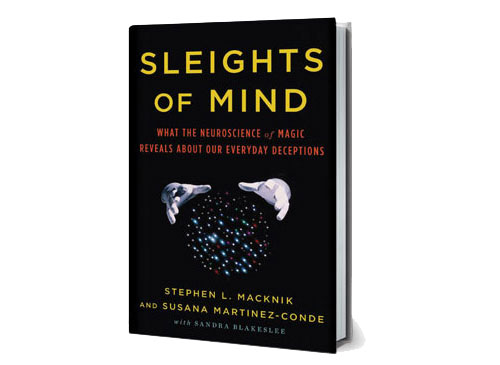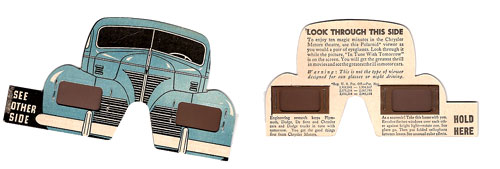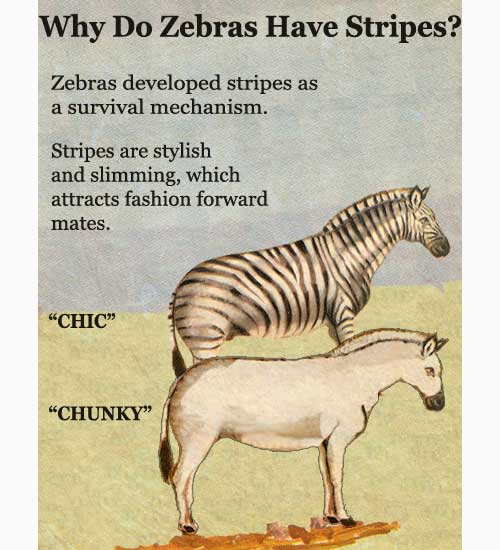Design Tools Monthly – Essential for All Designers
January 26, 2011
I can’t believe that I’ve never written up Design Tools Monthly (though I have featured info from them in the past). DTM is billed as “The Executive Summary of Graphic Design News” and I’ve been a subscriber for more than a decade (they began back in 1992). It is that summary and much more.
They used to have a pitch on their mailing envelopes that presented two options: you can spend all your time keeping current with all the new software, hardware and graphic design news OR you can make a living doing graphic design and read DTM. I think that is on the money.
I’m a long time subscriber to MacWorld, Mac|Life (formerly MacAddict) and Photoshop User (published by the National Association of Photoshop Users) and between them they do a pretty good job on keeping me informed about Mac-specific news.
But DTM monitors those magazines (and websites) and a host of others, including Creative Business, Graphic Design:USA, InDesign Magazine, CreativePro.com, MaxFixIt, MacInTouch, MacNewsNetwork, The Mac Observer, MacUser, InDesign Secrfets, Planet Quark, MacUpdate and Web DesignNews.
In addition to the monthly newsletter editor Jay Nelson and contributor Jeff Gamet host a free podcast Design Tools Weekly that covers some of the same items you get when you subscribe.
If you are a designer, you simply must check DTM out. On their website you can get a free PDF of a sample issue to help you decide. There’s also a reduced subscription rate for freelancers, teachers and students.
Fake Science
January 18, 2011
While its my firm belief that nothing ever sent by a ‘friend’ via email that’s meant to be a ‘laff riot’ is even mildly amusing (unless your threshold for entertainment includes shiny objects and the concept of object permanence (‘peek-a-boo’) is new to you) the InterWebs are not a completely humor-free zone. Unlike, say, the Humor bookshelves in most chain bookstores.
There is funny material on the web that is not just video clips of The Daily Show, The Colbert Report, Conan O’Brian or David Letterman. For proof of this argument I offer you Fake Science. Below are a few examples. If you don’t find these funny, then simply head back to LOLCATS and knock yourself out. And yes, you can has cheezburger.
Sleights of Mind: What the Neuroscience of Magic Reveals About Our Everyday Deceptions
January 15, 2011

I’ve just finished a wonderful, extremely original book, Sleights of Mind: What the Neuroscience of Magic Reveals About Our Everyday Deceptions that combines magic and cutting-edge cognitive neuroscience that explains not only the ‘secrets’ behind some unusual magic tricks but why the work, given how our brains process information.
You’ll learn why techniques like ‘the illusion of choice’ work on stage with a deck of cards, with sales people at your local mall and in the arguments made by political commentators. Once you understand how we perceive the world, you’ll see the shortcuts and tricks that can be used by anyone to focus our attention just where it will be most profitable (or entertaining). The old saw, ‘the hand is quicker than the eye’ is simply not true: magic, like all deception, is based on how poorly (for the most part) our brains process information.
Husband and wife authors Stephen L. Macknik and Susana Martinez-Conde, along with science writer Sandra Blakeslee, have put together a great deal of information in a thoroughly engaging way. I think no one who’s read it would argue that it’s the most entertaining way to learn about brain science between two covers.
(I would also highly recommend Phantoms in the Brain: Probing the Mysteries of the Human Mind by V.S.Ramachandran and Sandra Blakeslee and The Body Has a Mind of Its Own: How Body Maps in Your Brain Help You Do (Almost) Everything Better by Sandra Blakeslee and Matthew Blakeslee.
To read an excerpt and learn more on the subject, there’s no better place to go then the Sleights of Mind website, www.sleightsofmind.com.
Chrysler Motors at the 1939 New York World’s Fair
January 4, 2011

I’ve had an interest in the 1939 New York World’s Fair ever since as a child I came across a paperweight that my grandmother had depicting the Trylon and Perisphere that were the inescapable symbols of that fair. The Trylon was narrow triangular 610 foot tall tower that sat next to the round Perisphere, 185 feet in diameter. I’ve read books about it and even a DVD of silent color film footage taken there (more than anything else this gives you the feeling of what it was actually like to stroll along the broad avenues that housed the various exhibit halls.
There’s another reason for my interest and that’s because this World’s Fair introduced a polarized, Technicolor, stop-motion animated 3D movie, directed by John Norling. The film was called “In Tune with Tomorrow” and it was a centerpiece of the Chrysler Pavilion. In 15 minutes you watched a 1939 Chrysler Plymouth being assembled from parts that – without human intervention – danced and hopped into place. (The 1939 version was in B&W, for the 1940 edition it was color and the name was changed to “New Dimensions”). A 2D version used to be available online but has been removed. For more details check out the Iowahawk web page here.
Periodically, 3D seems to surface due some specific technical advance, briefly capture the attention and imagination of the public and then slip off the radar again, derided as just a ‘gimmick.’ Right now it seems we are in the midst of the biggest 3D revival the world has yet seen with mainstream Hollywood films, animated and live action, being produced, 3D capable television sets and video game consoles for sale, along with the first twin-lens 3D digital cameras for consumer use (the Fuji W1 and W3).
While stereoscopic 3D imagery will always be interesting to me, it remains to be seen if the current passion for 3D becomes a permanent evolution in mass media, or will once again fade out of the mainstream and become a niche interest of a small number of dedicated hobbyists.





